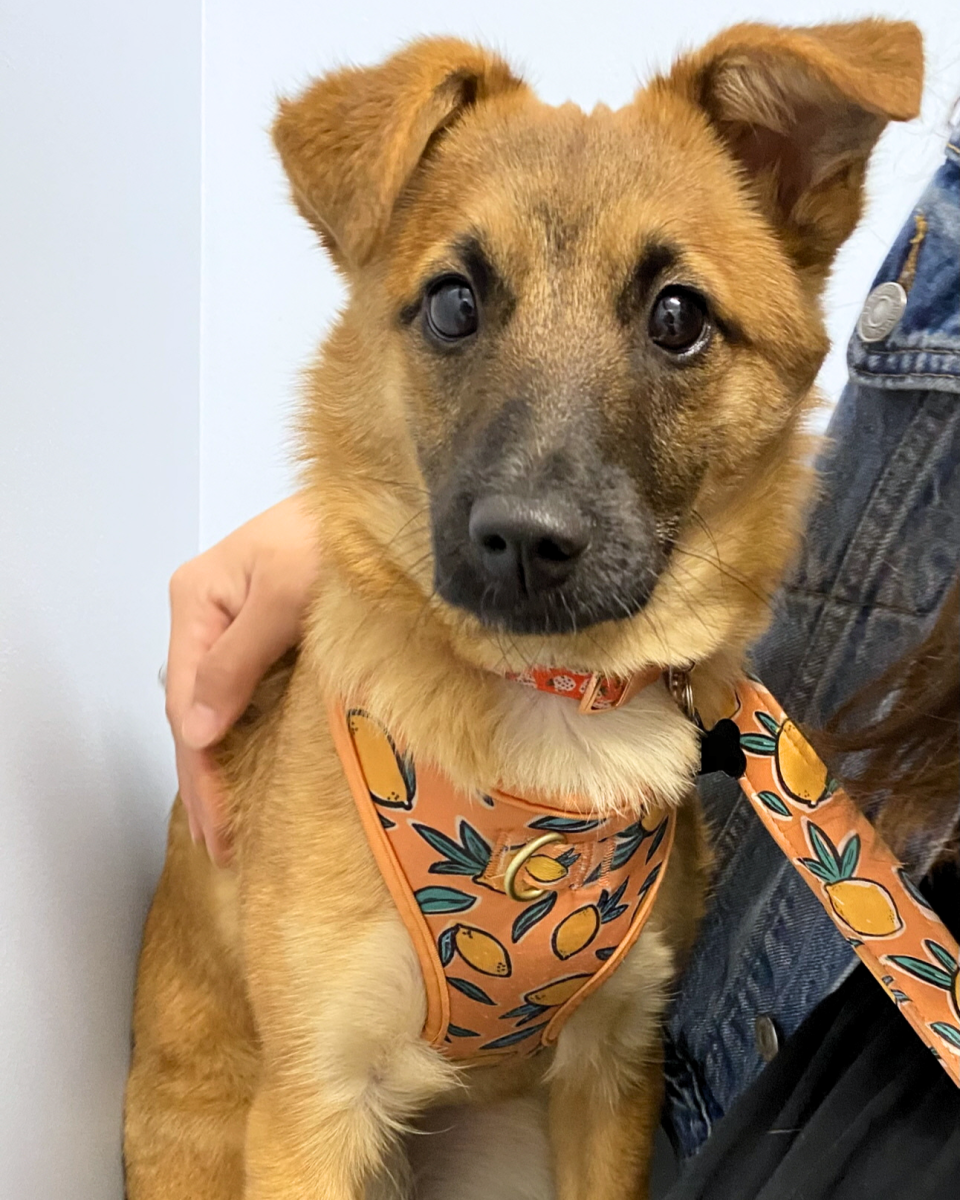
How does my dog get fleas and ticks?
Your dog can be exposed to fleas & ticks when they spend time outside - even in the safety of your backyard - and if they are in close proximity with a flea-infested pet.
Can fleas and ticks spread from my dog to my home and family?
Yes - both fleas and ticks can hitch a ride into your home by way of your dog. Once inside, fleas are quick to reproduce and a female flea can lay between 20 - 30 eggs per day (sometimes more!) Not all eggs remain on your pet, as they can drop off and into your carpet, furniture, and anywhere else your pup frequents, dispersing the population throughout your home.
Can my dog get fleas and ticks if they are primarily an indoor dog?
Yes - fleas and ticks can be found in your backyard, often brought there by wildlife such as rats, raccoons, and squirrels.
What health problems can fleas and ticks cause my dog?
Ingestion of fleas during grooming can lead to intestinal parasites in your dog. A flea infestation can lead to anemia. The primary diseases passed by ticks are Lyme disease, Ehrlichiosis, Anaplasmosis, Rocky Mountain Spotted Fever, Babesiosis, Bartonellosis, and Hepatozoonosis.
How effective are flea and tick medications?
The flea and tick medications that are available through our office and other veterinarians are incredibly effective; most will start killing fleas & ticks within a few hours! They are also meticulously tested to ensure your pup's safety.
What is the difference between over-the-counter and prescription flea and tick medications?
Most often, over-the-counter flea medication is not as effective as prescription preventatives, as they have not been as rigorously tested and they abide by lesser standards. Over-the-counter preventatives also don't have a manufacturer guarantee in the event that your dog experiences adverse side effects. Prescription-grade flea and tick preventatives are veterinarian-approved and backed by their manufacturers for palatability & safety.
What different types of flea and tick preventative treatments are there?
Our office provides primarily oral flea & tick preventatives but also carries a topical option.
What will my veterinarian recommend for flea and tick treatment?
Our veterinarians offer multiple options based on your dogs lifestyle and their potential for exposure. For most comprehensive coverage, our doctors recommend dogs an external parasite preventative and a heartworm & intestinal parasite preventative once every month.
How can I identify fleas on my dog?
Fleas can be visible when inspecting the fur closest to the skin on lighter colored dogs or by using a flea comb, which traps fleas in between it's closely spaced teeth. Fleas also leave behind "flea dirt," which is dried blood, after they have consumed a blood meal - this is characterized by small dark flecks or flakes.
How can I identify ticks on my dog?
The ticks you can find on your dog vary in size, from tiny nymphs to engorged adults. Adult ticks that have indulged in a blood meal are the easiest to spot, although sometimes owners can mistake a growth for a tick. Ticks have eight legs like a spider, primarily located around the head/upper quadrant of the body, and are often brown or red in color.
What should I do if I see fleas or ticks on my dog?
If you aren't sure, give us a call to confirm whether or not your pup is on flea and tick preventative. Fleas & ticks do need to make contact with your pet before the preventative can kill them off, so it's not unusual to occasionally find a live specimen on your dog. However, if your pup is not protected, your vet may recommend a blood test if you find a tick attached. Fleas proliferate quickly, so your vet may prescribe a preventative to handle an initial infestation and then a long term preventative to be given monthly to keep fleas at bay.
If you have questions regarding fleas and ticks, give us a call. We want to help your dog to remain flea and tick-free!
